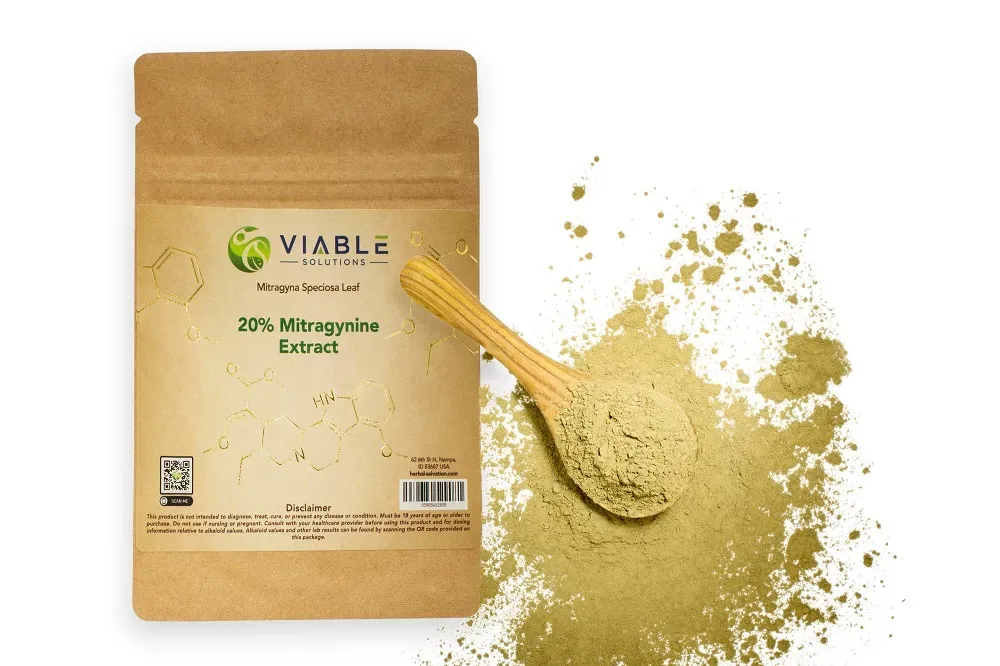Natural kratom comes from the mitragyna speciose, a tropical evergreen tree in the coffee family native to Southeast Asia whose leaves have been used for centuries as an herbal supplement in traditional medicines.
Kratom is not a drug. Kratom is not an opiate. Kratom is not a synthetic substance. Naturally occurring Kratom is a safe herbal supplement that behaves as a partial mu-opioid receptor agonist and is used for pain management, energy, even depression and anxiety that are common among Americans. Kratom contains no opiates, but it does bind to the same receptor sites in the brain. Chocolate, coffee, exercise and even human breast milk hit these receptor sites in a similar fashion.
According to a comprehensive analysis by Dr. Jack Henningfield, Ph.D, kratom’s potential for abuse and dependence is no greater than such widely used and unscheduled substances as “nutmeg, hops, St. John’s Wort, chamomile, guarana, and kola nut”.
